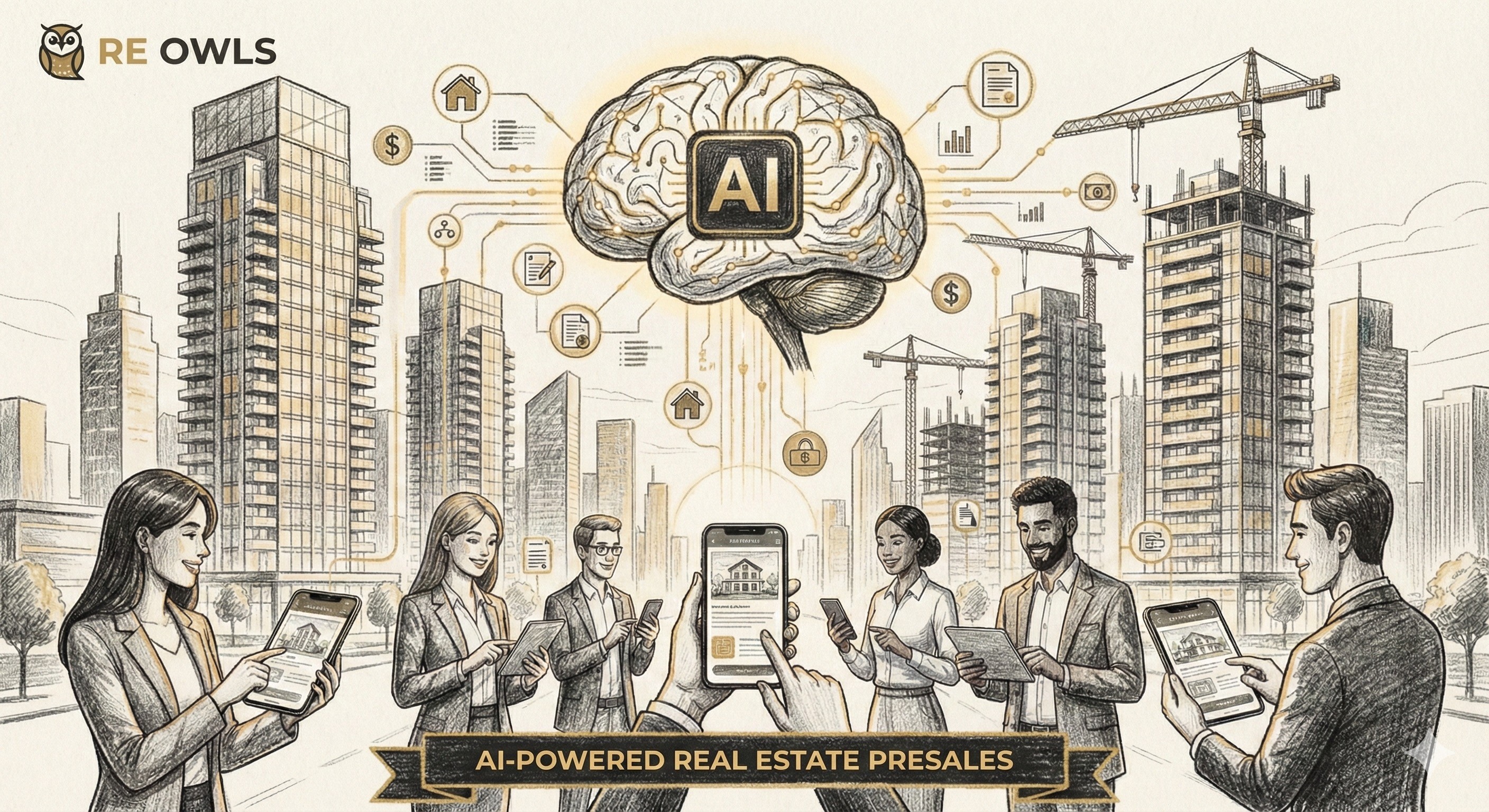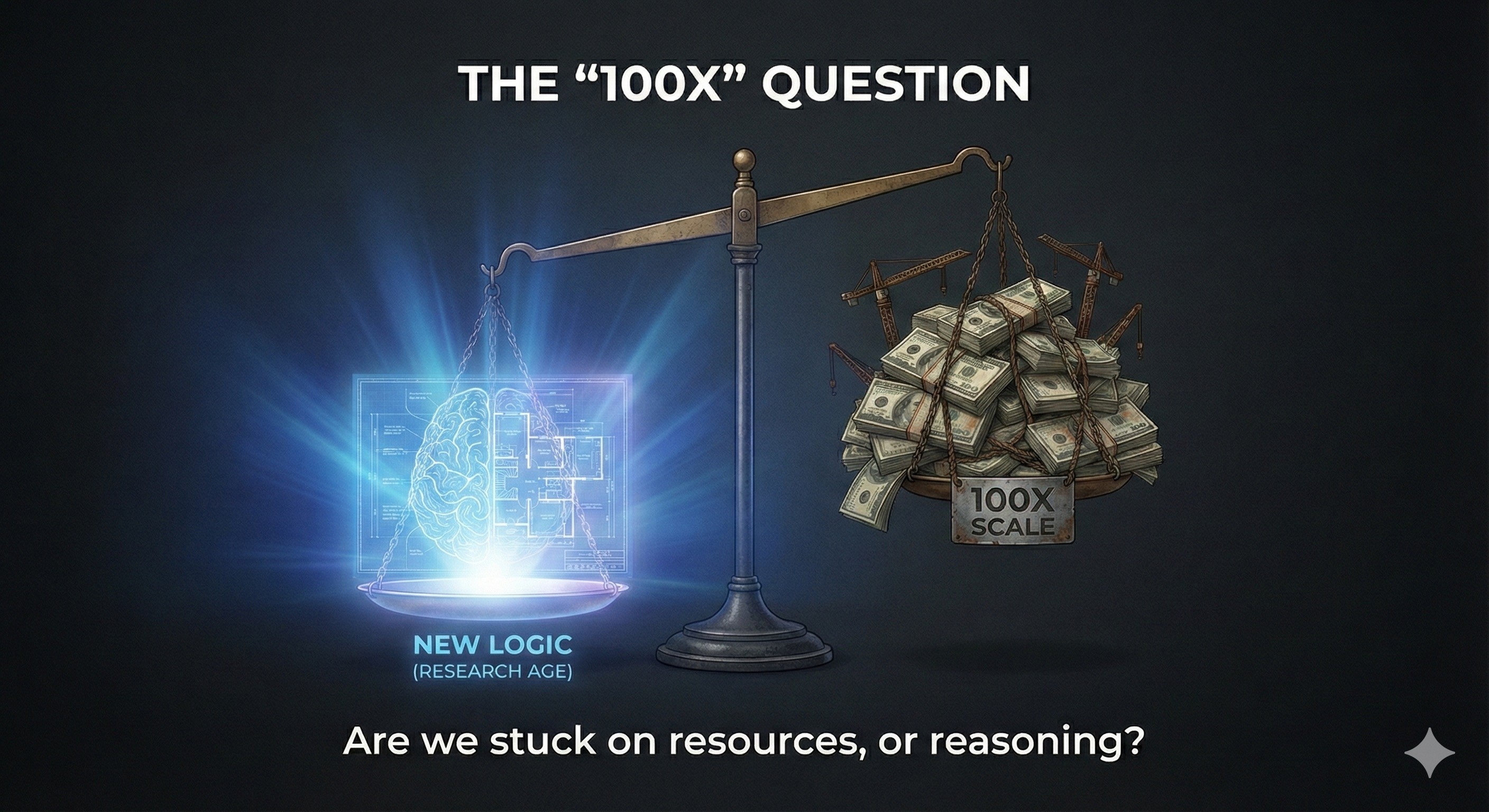Introduction
In the burgeoning landscape of data intelligence technology, the evolution from computing intelligence to cognitive intelligence is under way. The advent of products like OpenAI's ChatGPT, which processes natural language with the aid of vast datasets and powerful Transformer models, has sparked global attention. However, the ideal cognitive intelligence technology extends far beyond ChatGPT, aiming to interpret the intricate data generated by the internet, mobile internet, and smart devices, which encompass a multitude of modalities such as voice, image, video, text, and even emotions. This article delves into the intricacies of "fusion cognitive computing," an indigenous cognitive intelligent technology that has been applied in various scenarios in China, focusing on constructing a semantic matrix through word segmentation to analyze data that traditional machines cannot comprehend.
Technical Connotation of Fusion Cognitive Computing
Fusion cognitive computing emerges as a response to the limitations of current AI, which, despite its surface-level intelligence, lacks the ability to understand, reason, and make decisions akin to the human brain. The technology seeks to integrate knowledge, particularly symbolic knowledge, with AI to achieve a new paradigm of cognitive computing that combines perception and cognition. This integration is crucial, as it allows machines to process natural language and unstructured data, making decisions that are more effective than those based on simple rule-based systems.
Background and Essence of Fusion Cognitive Computing
The advent of fusion cognitive computing is rooted in the initial development of AI, which relied heavily on large-scale labeled samples and powerful computing capabilities. This led to the AI boom but also revealed its inherent limitations. Fusion cognitive computing arises from the need to move beyond these limitations, aiming to fuse big data with cognitive computing to create a new generation of AI that can interpret and process the complex data of the digital age.
Technical Features of Fusion Cognitive Computing
The core of fusion cognitive computing lies in the handling of language information, which is a strategic focal point in the development of information science and technology. Natural language processing (NLP) and knowledge symbolicization are the foundational elements of cognitive computing. The technology involves a series of steps, including data preprocessing, text segmentation, knowledge extraction, and the construction of semantic models, to enable machines to understand and process language in a way that mimics human cognition.
The Core Logic of Fusion Cognitive Computing
The core logic of fusion cognitive computing revolves around the construction of a semantic matrix through word segmentation, which is a critical technology for data mining and cognitive computing. This matrix serves as a bridge between human knowledge and machine processing, allowing for the interpretation of complex data and the making of informed decisions. The technology also emphasizes the importance of machine learning that incorporates human knowledge, enabling machines to provide personalized services and make intelligent decisions.
Technical Breakthroughs of Fusion Cognitive Computing
Fusion cognitive computing has made significant strides in various domains, such as overcoming the limitations of knowledge graphs, achieving data intelligence interpretability, and integrating with deep learning methods. It has also addressed challenges related to the fusion of multiple data sources and cognitive reasoning, paving the way for more advanced AI applications.
Conclusion
The fusion of cognitive computing and deep technology industries holds strategic significance for promoting consumption and driving the transformation of traditional industries. Fusion cognitive computing, with its ability to interpret complex data and mimic human-like intelligence, is poised to play a pivotal role in the future development of the digital economy. As we continue to advance this technology, we are not only enhancing the capabilities of machines but also moving closer to creating AI systems that can truly understand and interact with the world in a manner that is strikingly similar to human beings.




